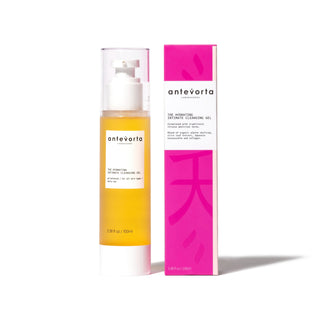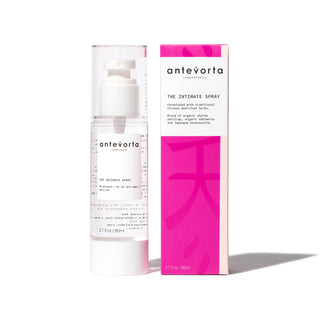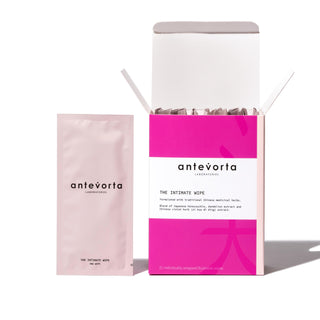In the wellness world, yoni steaming (also known as vaginal steaming) has been trending—herbal blends, ritual bowls, and spa-like setups promising detox, balance, and healing. But is this ancient self-care practice rooted in Traditional Chinese Medicine (TCM)? The answer is both yes and nuanced.
Let’s unpack what TCM really says about steaming and whether it belongs in your feminine care ritual today.
🌿 The Origins of Yoni Steaming
While the term “yoni steaming” is more commonly associated with African and Central American traditions, herbal steaming is not foreign to Traditional Chinese Medicine. In TCM, steaming with medicinal herbs has long been used for external applications—from facial steams to postpartum perineal recovery.
In gynecological care, TCM practitioners have historically prescribed “fumigations” or “zhēng xǐ” (蒸洗), which involve steaming or washing the vulva and perineum with specific herbal decoctions. These treatments were often used:
- After childbirth to promote healing and prevent infection
- To relieve itching or discharge
- To warm and circulate Qi in the lower abdomen
- To dispel “cold” and “damp” pathogens
So while the modern yoni steam ritual may look different, the concept of herbal steaming for feminine wellness absolutely exists in TCM.
🔥 What TCM Gets Right About Steam
In TCM theory, cold stagnation and dampness in the lower burner (the reproductive area) are common causes of imbalance. These can manifest as:
- Irregular periods
- Painful cramps
- Vaginal discharge or odor
- Feelings of cold in the womb or lower abdomen
Steaming is considered a way to warm the uterus, dispel damp-cold, and promote healthy Qi and blood flow. Warmth = movement, and movement = healing.
But here’s the key: TCM doesn’t recommend steaming for everyone, all the time. It’s a targeted treatment, not a catch-all.
⚖️ Who Should (and Shouldn’t) Steam, According to TCM
✅ Beneficial for:
- Those with cold-type menstrual cramps or stagnation
- People recovering from childbirth (as advised by a practitioner)
- Mild vaginal dampness or itching (without infection)
❌ Avoid if you:
- Have active infections or inflammation
- Are pregnant or trying to conceive
- Tend to have yin deficiency or dryness
- Are menstruating (never steam during your period)
Always consult a licensed TCM practitioner before adding steam to your routine—especially if you’re dealing with fibroids, PCOS, or hormonal imbalances.
🌸 A Modern Take on Ancient Wisdom
At Antevorta, we’re big believers in reclaiming ancient practices with intention and respect. Steaming can be powerful—but only when done correctly, with the right herbs, temperature, and timing.
If you’re looking for a more gentle, daily alternative, our Hydrating Intimate Cleansing Gel offers a safe and effective way to nurture your vaginal microbiome with TCM-inspired ingredients. No steam required.
🧑 Bottom Line: Steaming Has Roots—but Requires Wisdom
Yoni steaming isn’t just a TikTok trend—it has real, historical roots in Traditional Chinese Medicine. But like all TCM therapies, it’s not one-size-fits-all. When done with the right herbs and intention, it can be a grounding, warming ritual for those who need it. And when it's not the right fit, there are plenty of other ways to support your feminine wellness with TCM.





